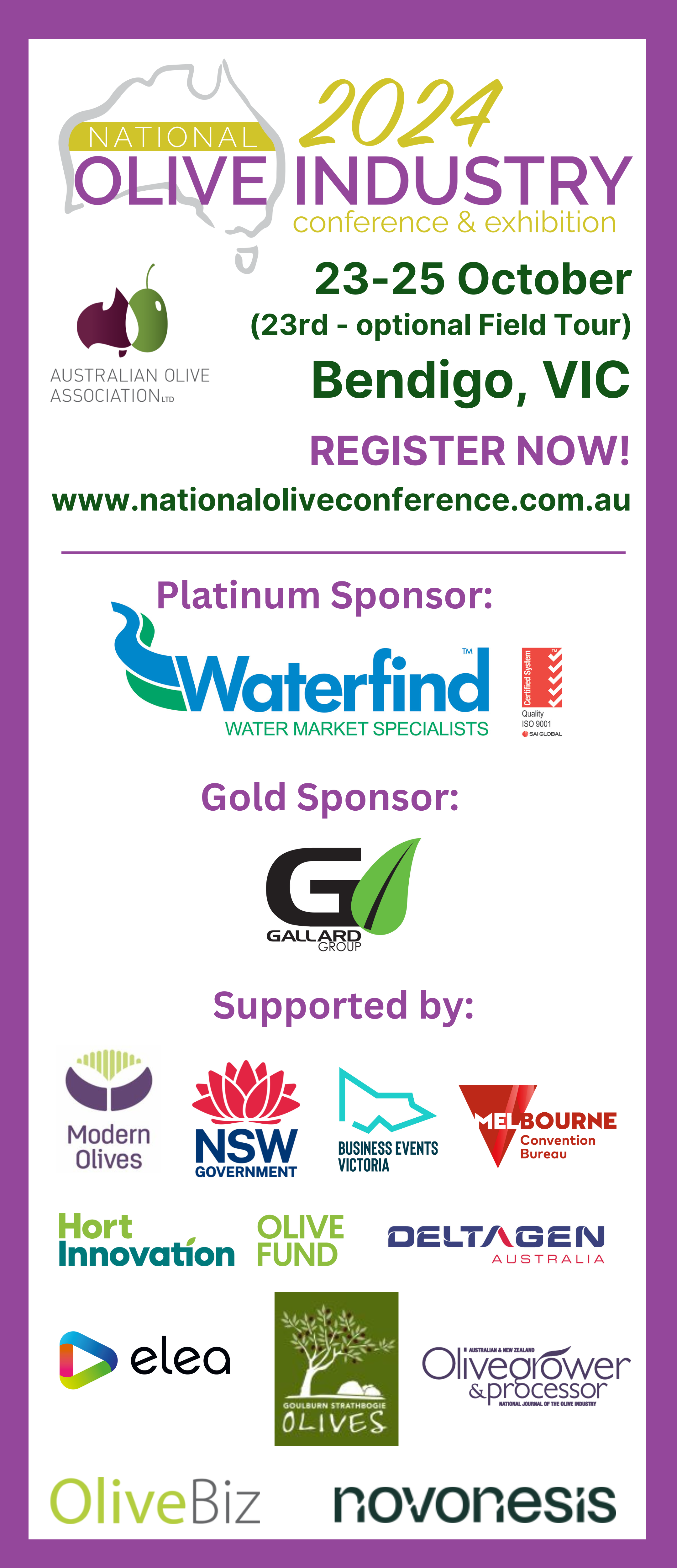A $15 million project led by the Grains Research and Development Corporation (GRDC) aims to boost national capacity for the early and accurate detection of exotic plant pests.
GRDC Senior Manager Biosecurity and Regulation Ken Young said the innovative project will focus on building industry capacity, enhancing diagnostic tools and testing biosecurity preparedness – all critical elements for the protection of Australia’s plant production industries.
“With 2020 being the International Year of Plant Health and COVID-19 dominating our headlines, it is a timely reminder that effective diagnostic tools and capacity are crucial to a strong biosecurity system and essential to maintaining Australia’s unique agricultural status,” Dr Young said.
“This is a cross-industry, Australia-wide project concentrating on high priority exotic pests that threaten production, trade and market access.
“The project has three main parts: improving the early detection of pests through increasing diagnostic capacity; enhancing the sensitivity of diagnostic tools to create fast and accurate diagnosis; along with testing industry and government response readiness.
“Early and accurate diagnosis enables a rapid response to threats that can have devastating impacts on production and our access to domestic and international markets.”
Dr Young said the project also aims to develop national diagnostic protocols, improved diagnostic tools and methodologies, along with establishing reference collections to support diagnostic functions.
“The project’s overarching objective is to create maximum value to plant industries through better partnerships in diagnostic decision-making for biosecurity response efforts,” he said.
“Ultimately it will mean that Australian plant industries are better prepared for an emergency situation, where every day counts when it comes to early and accurate detection to maximise our chance of pest eradication and minimise business disruption and potential crop and financial losses.”
The project includes research partnerships with agricultural departments from each state and the Northern Territory, along with the CSIRO, cesar, AusVeg Limited, AgriFutures Australia and Plant Health Australia, as well as New Zealand collaborators Bio-Protection Research Centre and the New Zealand Institute for Plant and Food Research Limited.
We’ll update on the project in future editions of Grove Innovation as it proceeds.
This project is funded by the Australian Government Rural R&D for Profit program, GRDC, Cotton Research and Development Corporation, Hort Innovation Australia, Wine Australia, Sugar Research Australia, Forest and Wood Products Australia.



